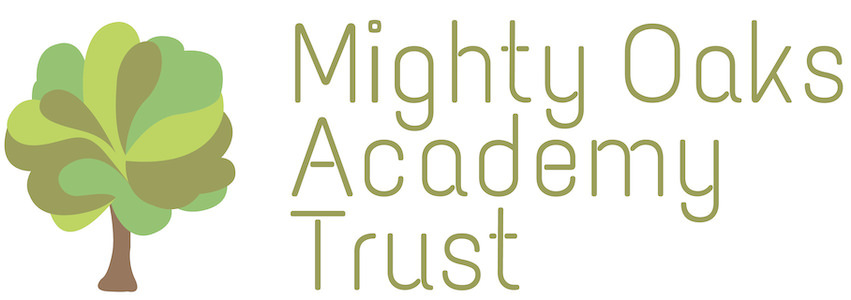Phonics
Phonics:
INTENT
At Buildwas, we believe that for all our children to become fluent readers and writers, phonics must be taught through a systematic and structured phonics programme.
IMPLEMENTATION
We use the Little Wandle Letters and Sounds Revised to plan and provide daily engaging phonics lessons. In phonics, we teach children that the letters of the alphabet represent a different sound, that these can be used in a variety of combinations and are put together to make words. The children learn to recognise all of the different sounds and combinations that they might see when they are reading or writing.
Our phonics teaching starts in Preschool and follows a very specific sequence that allows our children to build on their previous phonic knowledge and master specific phonic strategies as they move through school. As a result, all our children are able to tackle any unfamiliar words that they might discover.
We also model these strategies in shared reading and writing, both inside and outside of the phonics lesson and across the curriculum. We have a strong focus on the development of language skills for our children because we know that speaking and listening are crucial skills for reading and writing in all subjects.
Learning Sequence
In the preschool, children follow the Little Wandle Letters and Sounds Revised ‘Foundations for Phonics’.
In reception and Y1, children follow the progression within Little Wandle Letters and Sounds Revised programme. Phonics is taught daily and there is a review session on a Friday.
By the end of reception, children will have been taught up to the end of phase 4.
By the end of year 1, children will have been taught up to the end of phase 5
Children continue to be assessed at phonics until they have met the Y1 expectations.
Phonics and Early Reading
Children in reception, year 1, year 2 (and beyond if appropriate) apply their phonics knowledge by reading a fully matched decodable book in a small group reading practice session. The sessions follow the model set out in Little Wandle Letters and Sounds Revised.
These sessions are 15 minutes long and take place three times a week. There are approximately 6 children in a group. The children also have a fully matched decodable book, which they can take home to read.
We encourage parents to read this book, more than once to support comprehension. New books are sent home, whenever a child has read.
IMPACT
In reception and year 1, at the end of each week there is a review session which recaps the learning. There are also whole review weeks (pre-planned and bespoke review weeks to address gaps identified by the class teacher’s ongoing formative assessment).
Children identified in reception and Y1 as in danger of falling behind are provided with ‘keep up’ sessions which follow the Little Wandle Letters and Sounds Revised programme.
In reception and year 1, the children are assessed at the end of every half term.
The children in Y1 sit the Phonics Screening Check in the summer term. Children who do not pass the Phonics Screening Check in Y1, will re-sit this in Y2.
Children who are in Y2-Y3 and have not achieved the expected level in phonics receive phonics sessions and are assessed through teacher’s ongoing formative assessment, as well as half termly summative assessments.
Through the teaching of systematic phonics, our aim is for children to become fluent readers by the end of Key Stage One. This way, children can focus on developing their fluency and comprehension as they move through KS2.
RESOURCES
Here is a link to the parents’ section of the Little Wandle website.


